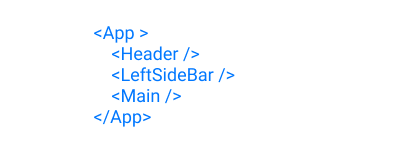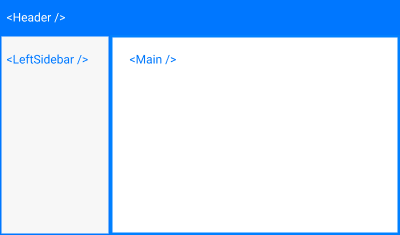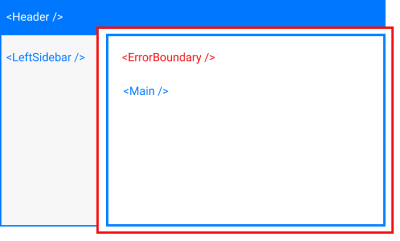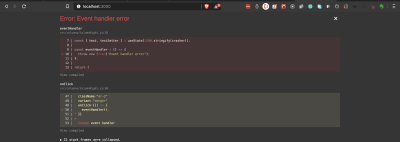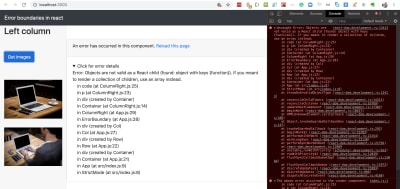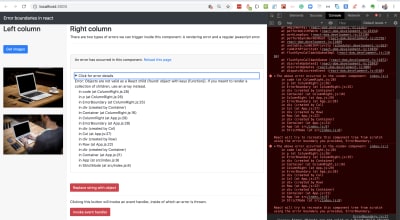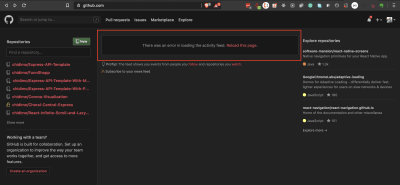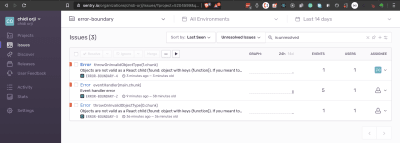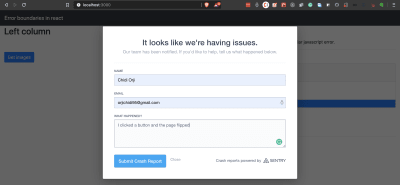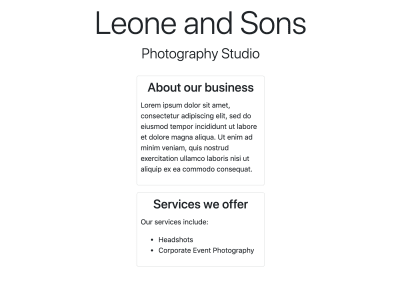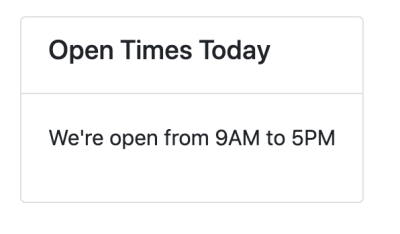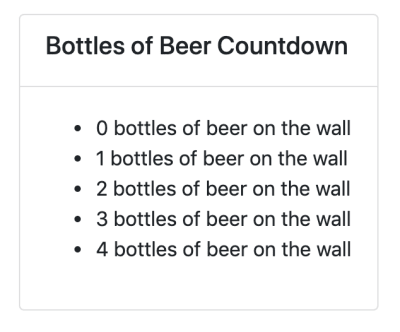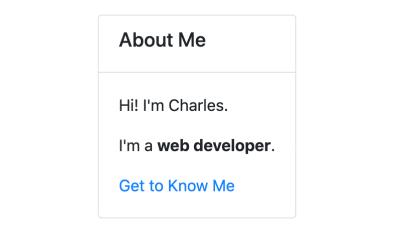Kinetic Typography with Three.js
Original Source: http://feedproxy.google.com/~r/tympanus/~3/2TbBWbmkE3E/
Kinetic Typography may sound complicated but it’s just the elegant way to say “moving text” and, more specifically, to combine motion with text to create animations.
Imagine text on top of a 3D object, now could you see it moving along the object’s shape? Nice! That’s exactly what we’ll do in this article ? we’ll learn how to move text on a mesh using Three.js and three-bmfont-text.

We’re going to skip a lot of basics, so to get the most from this article we recommend you have some basic knowledge about Three.js, GLSL shaders, and three-bmfont-text.
Basis
The main idea for all these demos is to have a texture with text, use it on a mesh and play with it inside shaders. The simplest way of doing it is to have an image with text and then use it as a texture. But it can be a pain to figure out the correct size to try to display crisp text on the mesh, and later to change whatever text is in the image.
To avoid all these issues, we can generate that texture using code! We create a Render Target (RT) where we can have a scene that has text rendered with three-bmfont-text, and then use it as the texture of a mesh. This way we have more freedom to move, change, or color text. We’ll be taking this route following the next steps:
Set up a RT with the textCreate a mesh and add the RT textureChange the texture inside the fragment shader
To begin, we’ll run everything after the font file and atlas are loaded and ready to be used with three-bmfont-text. We won’t be going over this since I explained it in one of my previous articles.
The structure goes like this:
init() {
// Create geometry of packed glyphs
loadFont(fontFile, (err, font) => {
this.fontGeometry = createGeometry({
font,
text: “ENDLESS”
});
// Load texture containing font glyphs
this.loader = new THREE.TextureLoader();
this.loader.load(fontAtlas, texture => {
this.fontMaterial = new THREE.RawShaderMaterial(
MSDFShader({
map: texture,
side: THREE.DoubleSide,
transparent: true,
negate: false,
color: 0xffffff
})
);
// Methods are called here
});
});
}
Now take a deep breath, grab your tea or coffee, chill, and let’s get started.
Render Target
A Render Target is a texture you can render to. Think of it as a canvas where you can draw whatever is inside and place it wherever you want. Having this flexibility makes the texture dynamic, so we can later add, change, or remove stuff in it.
Let’s set a RT along with a camera and a scene where we’ll place the text.
createRenderTarget() {
// Render Target setup
this.rt = new THREE.WebGLRenderTarget(
window.innerWidth,
window.innerHeight
);
this.rtCamera = new THREE.PerspectiveCamera(45, 1, 0.1, 1000);
this.rtCamera.position.z = 2.5;
this.rtScene = new THREE.Scene();
this.rtScene.background = new THREE.Color(“#000000”);
}
Once we have the RT scene, let’s use the font geometry and material previously created to make the text mesh.
createRenderTarget() {
// Render Target setup
this.rt = new THREE.WebGLRenderTarget(
window.innerWidth,
window.innerHeight
);
this.rtCamera = new THREE.PerspectiveCamera(45, 1, 0.1, 1000);
this.rtCamera.position.z = 2.5;
this.rtScene = new THREE.Scene();
this.rtScene.background = new THREE.Color(“#000000”);
// Create text with font geometry and material
this.text = new THREE.Mesh(this.fontGeometry, this.fontMaterial);
// Adjust text dimensions
this.text.position.set(-0.965, -0.275, 0);
this.text.rotation.set(Math.PI, 0, 0);
this.text.scale.set(0.008, 0.02, 1);
// Add text to RT scene
this.rtScene.add(this.text);
this.scene.add(this.text); // Add to main scene
}
Note that for now, we added the text to the main scene to render it on the screen.
Cool! Let’s make it more interesting and “paste” the scene over a shape next.
Mesh and render texture
For simplicity, we’ll first use as shape a BoxGeometry together with ShaderMaterial to pass custom shaders, time and the render texture uniforms.
createMesh() {
this.geometry = new THREE.BoxGeometry(1, 1, 1);
this.material = new THREE.ShaderMaterial({
vertexShader,
fragmentShader,
uniforms: {
uTime: { value: 0 },
uTexture: { value: this.rt.texture }
}
});
this.mesh = new THREE.Mesh(this.geometry, this.material);
this.scene.add(this.mesh);
}
The vertex shader won’t be doing anything interesting this time; we’ll skip it and focus on the fragment instead, which is showing the colors of the RT texture. It’s inverted for now (1. – texture) to stand out from the background.
varying vec2 vUv;
uniform sampler2D uTexture;
void main() {
vec3 texture = texture2D(uTexture, vUv).rgb;
gl_FragColor = vec4(1. – texture, 1.);
}
Normally, we would just render the main scene directly, but with a RT we have to first render to it before rendering to the screen.
render() {
…
// Draw Render Target
this.renderer.setRenderTarget(this.rt);
this.renderer.render(this.rtScene, this.rtCamera);
this.renderer.setRenderTarget(null);
this.renderer.render(this.scene, this.camera);
}
And now a box should appear on the screen where each face has the text on it:
Looks alright so far, but what if we could cover more text around the shape?
Repeating the texture
GLSL’s built-in function fract comes handy to make repetition. We’ll use it to repeat the texture coordinates when multiplying them by a scalar so it wraps between 0 and 1.
varying vec2 vUv;
uniform sampler2D uTexture;
void main() {
vec2 repeat = vec2(2., 6.); // 2 columns, 6 rows
vec2 uv = fract(vUv * repeat);
vec3 texture = texture2D(uTexture, uv).rgb;
texture *= vec3(uv.x, uv.y, 1.);
gl_FragColor = vec4(texture, 1.);
}
Notice that we also multiply the texture by the uv components to visualize the modified texture coordinates.
We’re getting there, right? The text should also follow the object’s shape; here’s where time comes in. We need to add it to the texture coordinates, in this case to the x component so it moves horizontally.
varying vec2 vUv;
uniform sampler2D uTexture;
uniform float uTime;
void main() {
float time = uTime * 0.75;
vec2 repeat = vec2(2., 6.);
vec2 uv = fract(vUv * repeat + vec2(-time, 0.));
vec3 texture = texture2D(uTexture, uv).rgb;
gl_FragColor = vec4(texture, 1.);
}
And for a sweet touch, let’s blend the color with the the background.
This is basically the process! RT texture, repetition, and motion. Now that we’ve looked at the mesh for so long, using a BoxGeometry gets kind of boring, doesn’t it? Let’s change it in the next final bonus chapter.
Changing the geometry
As a kid, I loved playing and twisting these tangle toys, perhaps that’s the reason why I find satisfaction with knots and twisted shapes? Let this be an excuse to work with a torus knot geometry.
For the sake of rendering smooth text we’ll exaggerate the amount of tubular segments the knot has.
createMesh() {
this.geometry = new THREE.TorusKnotGeometry(9, 3, 768, 3, 4, 3);
…
}
Inside the fragment shader, we’ll repeat any number of columns we want just to make sure to leave the same number of rows as the number of radial segments, which is 3.
varying vec2 vUv;
uniform sampler2D uTexture;
uniform float uTime;
void main() {
vec2 repeat = vec2(12., 3.); // 12 columns, 3 rows
vec2 uv = fract(vUv * repeat);
vec3 texture = texture2D(uTexture, uv).rgb;
texture *= vec3(uv.x, uv.y, 1.);
gl_FragColor = vec4(texture, 1.);
}
And here’s our tangled torus knot:
Before adding time to the texture coordinates, I think we can make a fake shadow to give a better sense of depth. For that we’ll need to pass the position coordinates from the vertex shader using a varying.
varying vec2 vUv;
varying vec3 vPos;
void main() {
vUv = uv;
vPos = position;
gl_Position = projectionMatrix * modelViewMatrix * vec4(position, 1.);
}
We now can use the z-coordinates and clamp them between 0 and 1, so the regions of the mesh farther the screen get darker (towards 0), and the closest lighter (towards 1).
varying vec3 vPos;
void main() {
float shadow = clamp(vPos.z / 5., 0., 1.);
gl_FragColor = vec4(vec3(shadow), 1.);
}
See? It sort of looks like white bone:
Now the final step! Multiply the shadow to blend it with the texture, and add time again.
varying vec2 vUv;
varying vec3 vPos;
uniform sampler2D uTexture;
uniform float uTime;
void main() {
float time = uTime * 0.5;
vec2 repeat = -vec2(12., 3.);
vec2 uv = fract(vUv * repeat – vec2(time, 0.));
vec3 texture = texture2D(uTexture, uv).rgb;
float shadow = clamp(vPos.z / 5., 0., 1.);
gl_FragColor = vec4(texture * shadow, 1.);
}
Fresh out of the oven! Look at this sexy torus coming out of the darkness. Internet high five!
We’ve just scratched the surface making repeated tiles of text, but there are many ways to add fun to the mixture. Could you use trigonometry or noise functions? Play with color? Text position? Or even better, do something with the vertex shader. The sky’s the limit! I encourage you to explore this and have fun with it.
Oh! And don’t forget to share it with me on Twitter. If you got any questions or suggestions, let me know.
Hope you learned something new. Till next time!
References and Credits
Three.jsThe Book of Shadersthree-bmfont-textAll Your Html S3E20
The post Kinetic Typography with Three.js appeared first on Codrops.

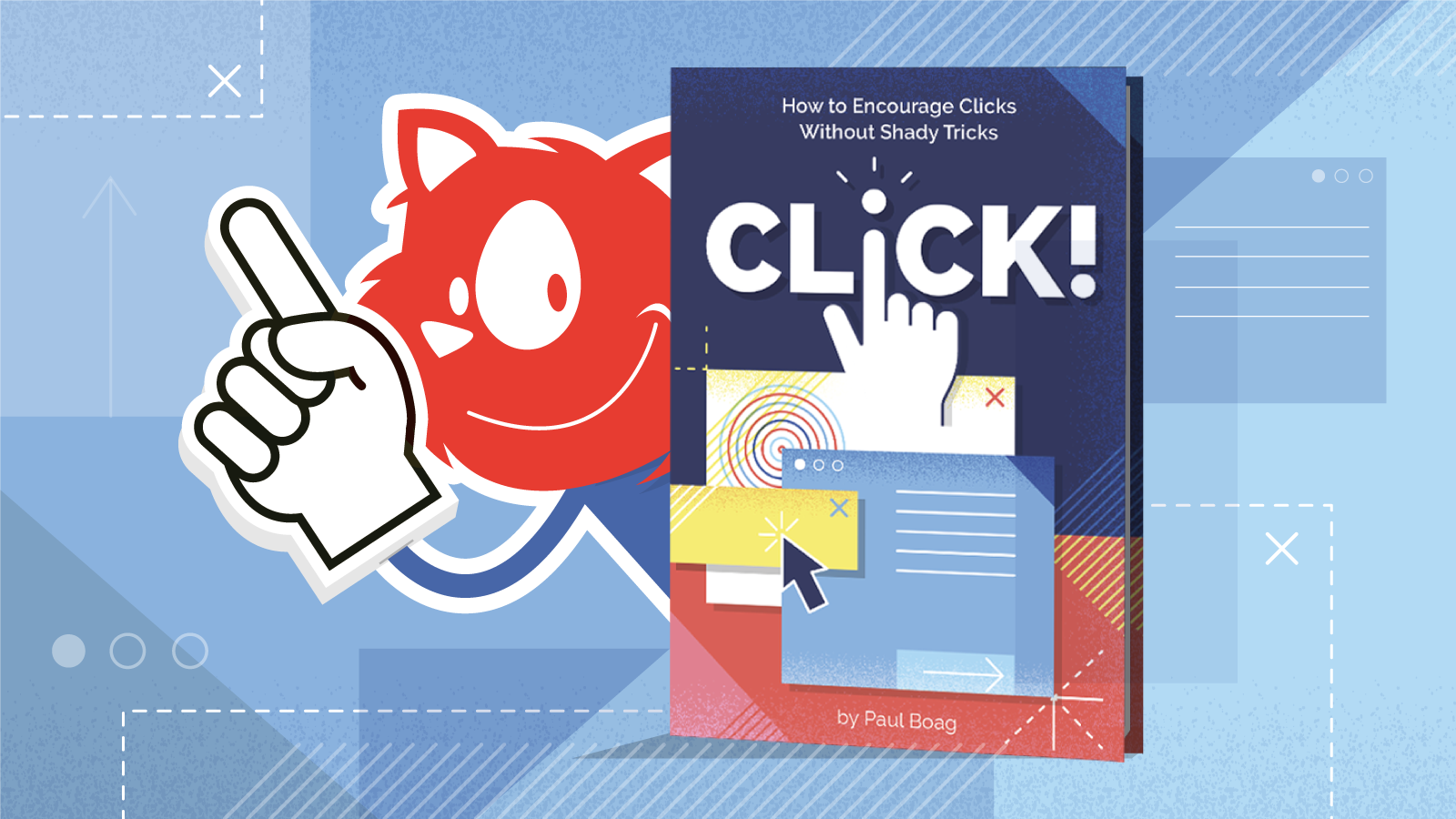

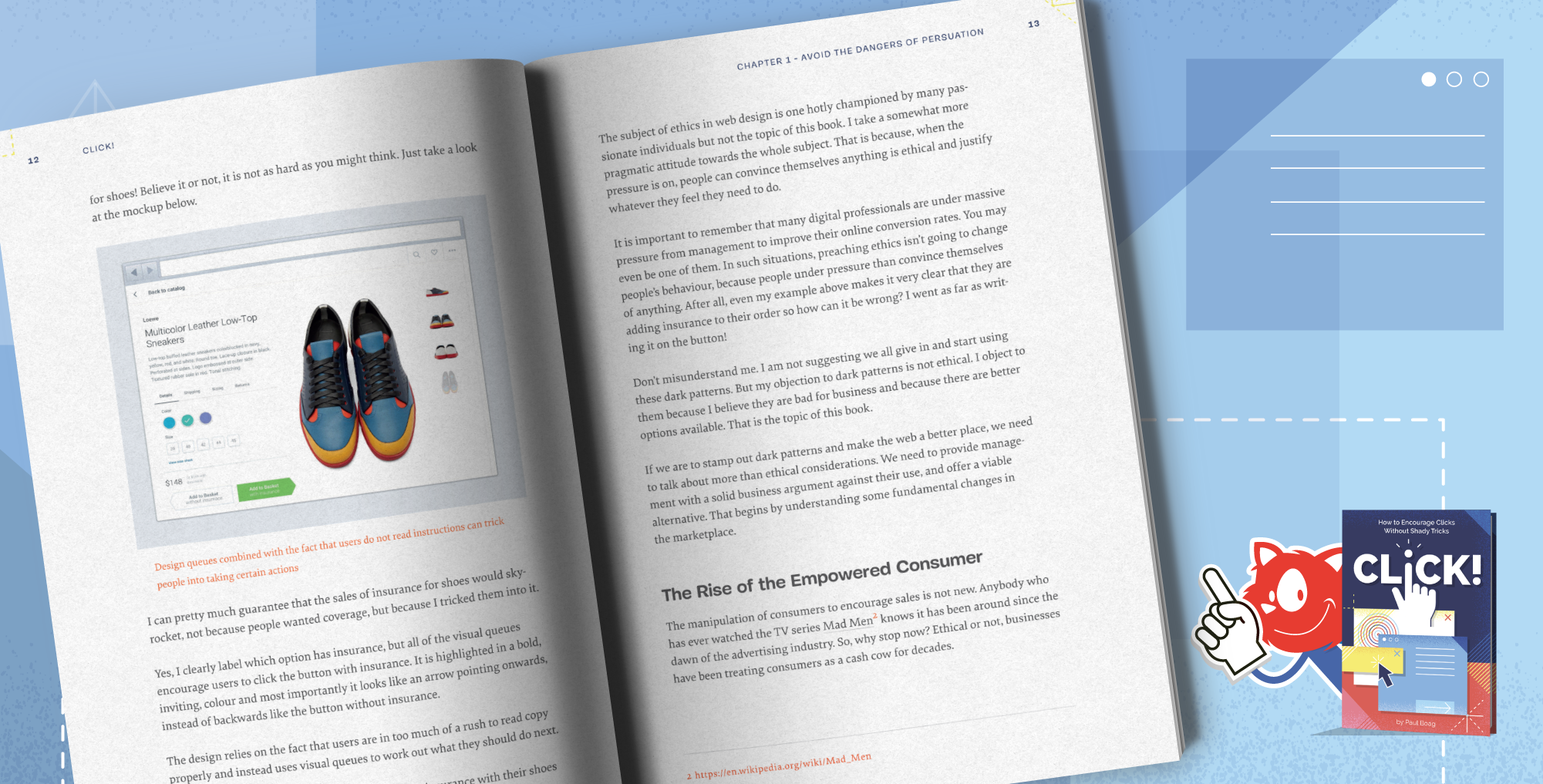
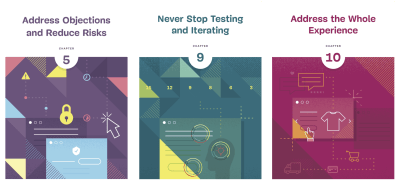
 “This is a great book on how to practically, and ethically, optimise website conversion rates. Before, I was roughly aware of what CRO was, but now I feel confident to start implementing these techniques in projects. As you would expect, Paul explains all of the concepts in an easy-to-follow and friendly manner.”
“This is a great book on how to practically, and ethically, optimise website conversion rates. Before, I was roughly aware of what CRO was, but now I feel confident to start implementing these techniques in projects. As you would expect, Paul explains all of the concepts in an easy-to-follow and friendly manner.” “I picked up a super simple testing idea, and saw a 42% lift in conversion rate. It was surprising to me, so I ran it again to significance with the same result. That equates to about 2.5 million USD/year in revenue at no additional cost. So I’d say I got my money’s worth!”
“I picked up a super simple testing idea, and saw a 42% lift in conversion rate. It was surprising to me, so I ran it again to significance with the same result. That equates to about 2.5 million USD/year in revenue at no additional cost. So I’d say I got my money’s worth!”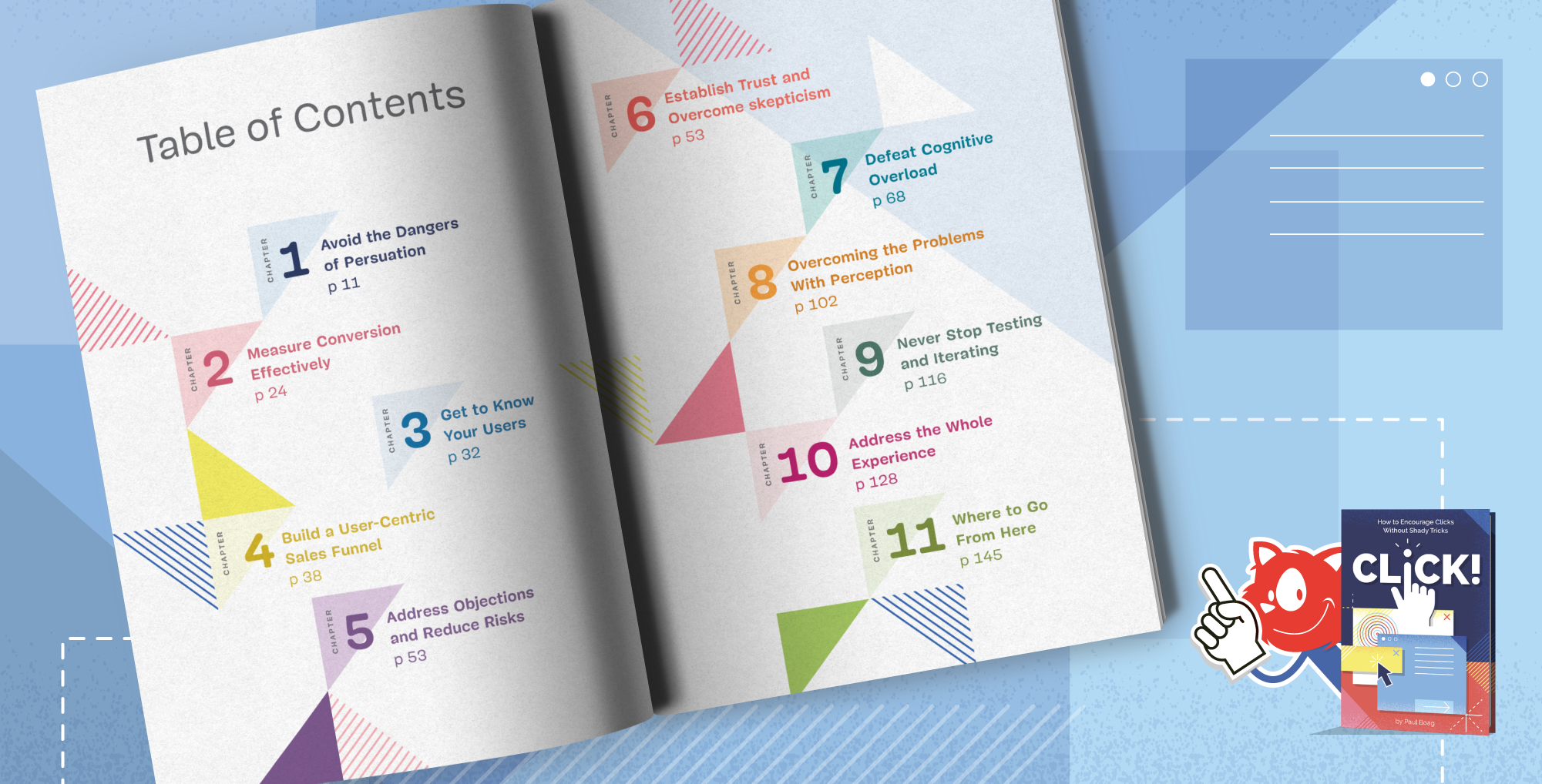



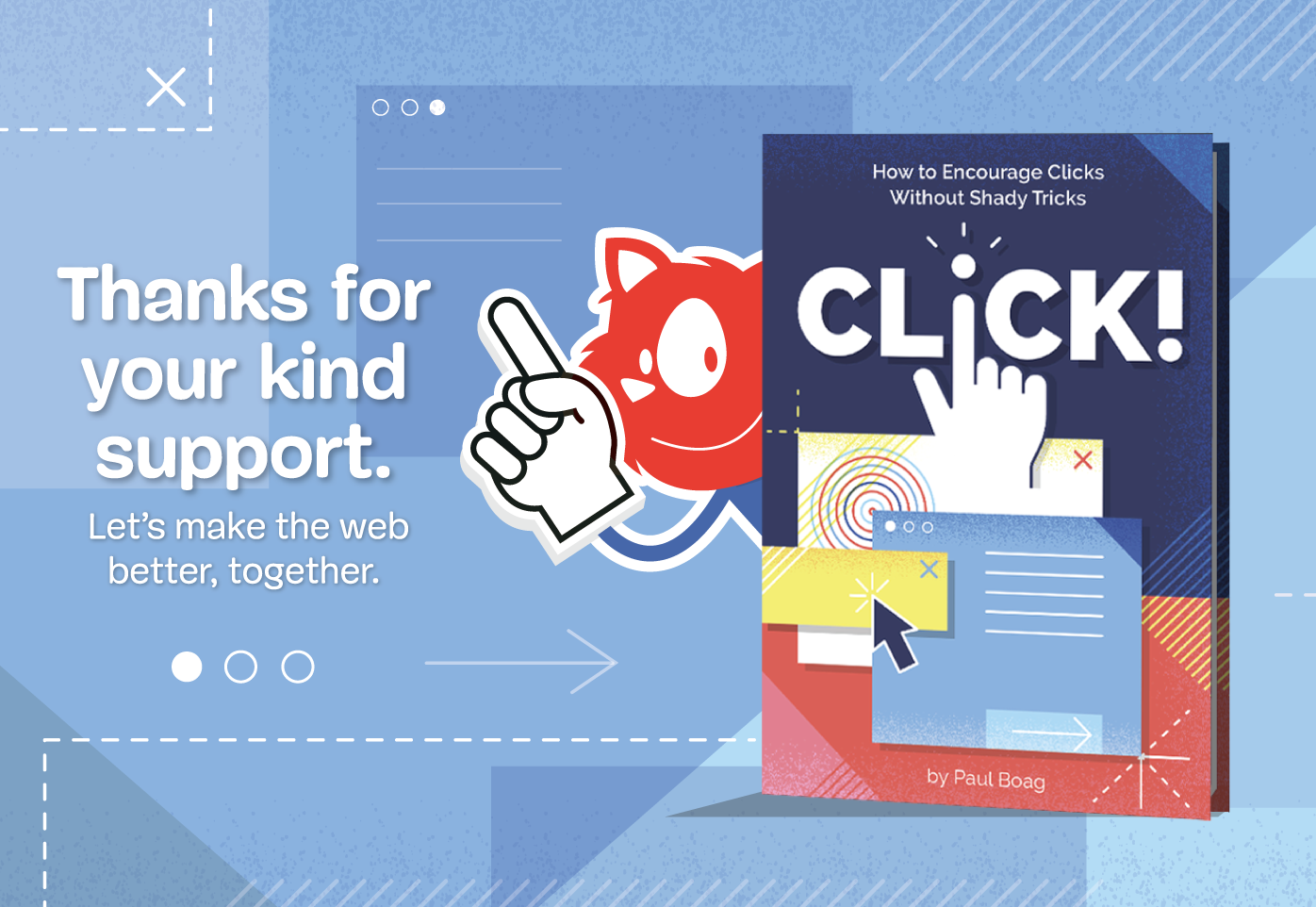
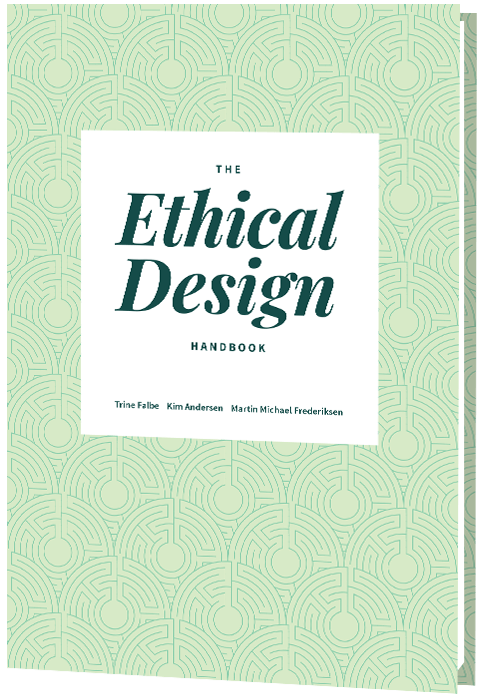 Ethical Design Handbook
Ethical Design Handbook Design Systems
Design Systems Form Design Patterns
Form Design Patterns